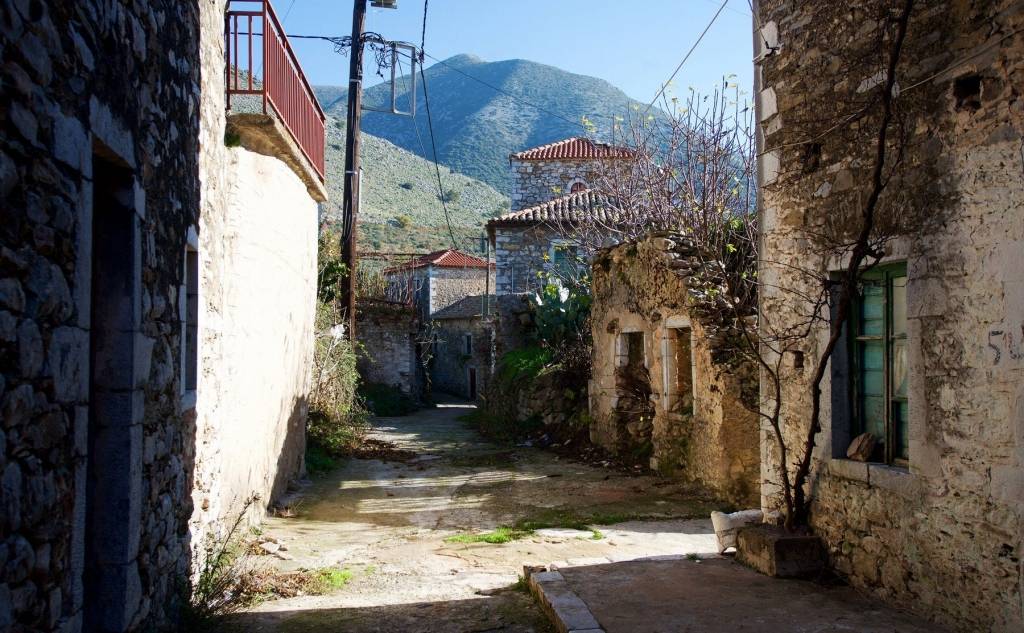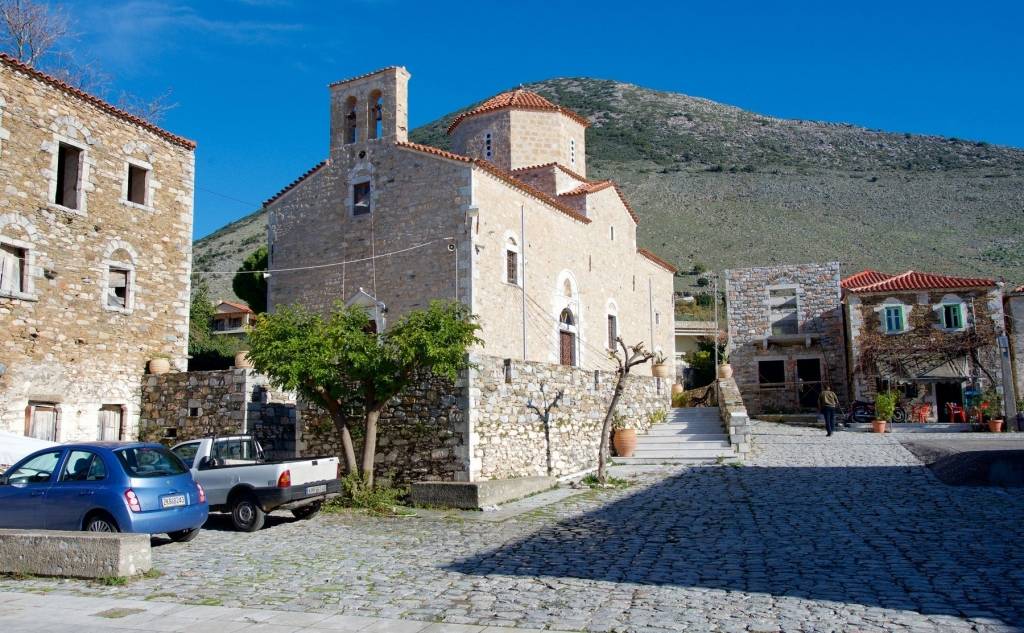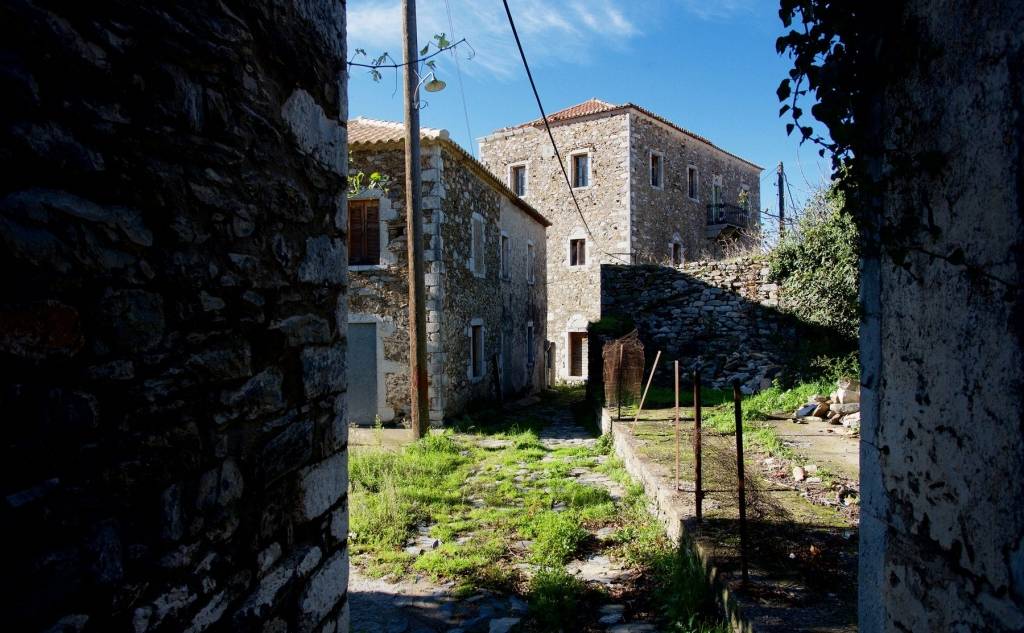







The semi-mountainous, traditional village of Thalames is built on the western side of Taygetos at an altitude of 430 metres. It is 58 kilometres from Kalamata and has approximately 30 permanent residents. The village has been inhabited since the Mycenaean times, and the ancient city of Thalamae (which means "hollow") was located here. Thalamae was one of the "Commonwealth of the Free Laconians" cities whose inhabitants, according to Strabo, were called "Boeotians". The ancient town was famous for its sacred springs and oracle, in which Pasiphae (daughter of Helios and the nymph Perseid) and later Ino (daughter of the king of Thebes Cadmus and Armonia) were worshipped. According to tradition, Tyndareus, father of Helen the Fair and the Dioskouri, Kastor and Polydeukis, also lived in Thalames. Inscriptions have also been found in the area stating that the inhabitants of Thalamae considered the emperors of Rome, Marcus Aurelius, Antonius and Andrianus, as their protectors.
From the 14th century onwards, the village was known as Koutifari, a name taken from iconographer Ioannis Koutifaris, who, in 1316, received the area as a fief from the Palaeologus. A school of iconography operated in Koutifari, from which several local artists emerged.
Visitors can wander through the alleys and admire the traditional stone houses in the village, which has been declared a traditional settlement. The fountain, also known as the "Jewish well", stands out in the central square with the century-old plane trees. The fountain of 1714 is classified as a historical preserved monument, with a double-arched facade in which a part of an ancient column, as well as an illegible inscription, is embedded.
The Byzantine cruciform church of Agios Vasilios that dates back to the 12th century and stands out for its imposing Athenian-style dome, and the semi-cylindrical (externally) alcove of the sanctuary is also in Thalames. A single-room, arched building with a gabled roof has been added on the temple's western side. The temple has two phases of wall painting—the first dates to the 13th century and the second to the years of the Turkish occupation.
Also noteworthy is the church of Agios Konstantinos in Platanos, which was built in 1669. The single-aisled, vaulted church with the gabled roof has been classified as a historical monument and is recorded with post-Byzantine frescoes in a popular style. Above the door, on the western wall, there is an eight-line architectural inscription, which bears the date 1699. Also, in the small settlement of Somatiana, the one-room, vaulted church of Prophet Ilias dates to the 12th century.
Two towers, which have been classified as historical monuments by the Ministry of Culture, dominate Thalames. The first is the Stavrianeas Tower, and the second is the Derezeas Tower, which is the property of Eftychia Toumbos-Malamas and Panagiotis Malamas. Finally, the village also houses the Historical and Folklore Museum, founded in 1980 by Nikon Dimaggelos. The museum is housed in a 19th-century tower house, and visitors can see objects such as engravings, newspapers and maps of that period, weapons, agricultural objects, textiles, etc.
Painter Panagiotis Doxaras (founder of the Iptanesian School) came from Thalames, as well as the 18th-century iconographers Anagnostis Seleberdakis, Anagnostis Dimaggeleas and Poulos Dimaggeleas. Also, the first bey of Mani, Tzanetos Koutoufaris, physician and member of the Academy of Athens, Gregorios Skalkeas, and the Gennimatas family came from the village. In fact, a bust of the politician, Giorgos Gennimatas, has been erected there.